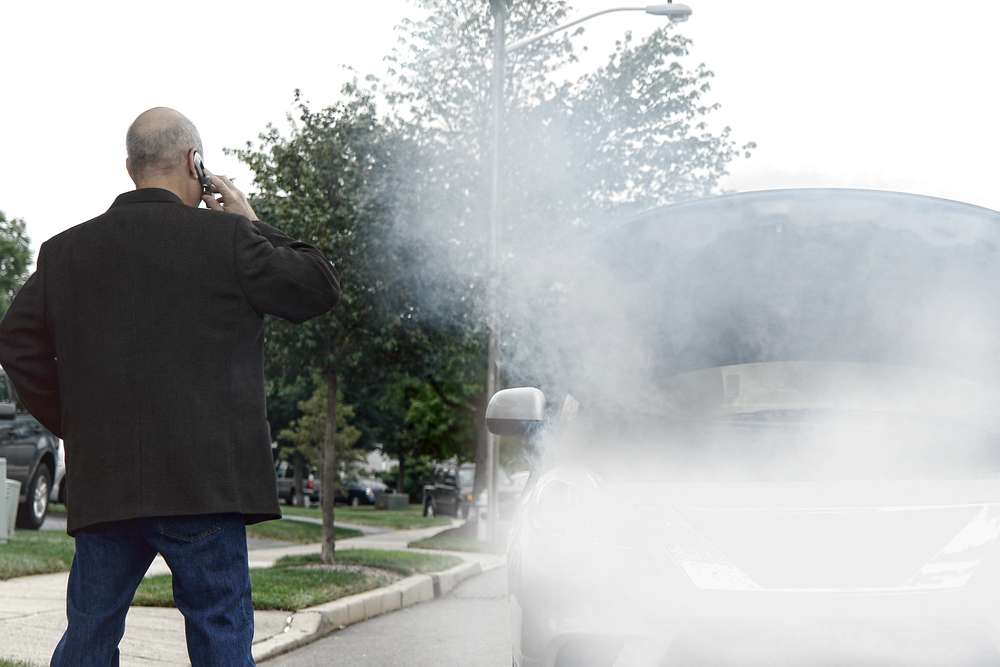The Institute of Advanced Motorists (IAM) has discovered that more than 40% of all motorway and major A road lane closures in England in 2014 were caused by vehicle breakdowns – and 122 unsupervised children caused them to be shut too.
In total there were 443,590 lane closures on motorways and primary A roads in England last year for 44 defined reasons by Highways England.
Some of the major findings of the report found 12,759 pedestrians walking on a motorway live lane or active A road caused lane closures in addition to the 122 unsupervised children. There were also 7446 cases of a ‘non-legal’ use of the hard shoulder.
Other causes listed were 3990 animals loose on the network; 2598 abandoned vehicles and 6742 shed tyres. 6288 injury collisions and 29,656 non-injury collisions also caused lane closures. 856 suicides or attempted suicides caused roads to be shut on England’s main routes and there were also 152 cases of objects being thrown onto the roads, and 567 cases of a vehicle driving on the wrong side of the road causing roads to be closed.
The other top five reasons for road closures, apart from breakdowns were planned road works, assorted obstructions, non-injury accidents and administration – mainly police and VOSA checks.
The numbers of incidents are as follows:
41% – Breakdown – 185,457
14% – Planned road works – definition 1 – 61,587
8% – Obstruction – 36,042
7% – Road traffic collision – no injury – 29,656
5% – Administration – definition 2 – 23,705
Of the 185,457 breakdowns; 40,192 were in a ‘live lane’ i.e. a lane with other moving traffic around it.
Definitions supplied by Highways England:
- Planned road works: notice of impending road works to be under taken on the network communicated by the contractor for traffic management purposes. i.e. which lane they will be closing in order to carry out road works.
- Administration: information received following an observation from any source. i.e. traffic officer observes a vehicle which needs criminal investigation and details given to the police or pass information of a vehicle being driven erratically on the network.



